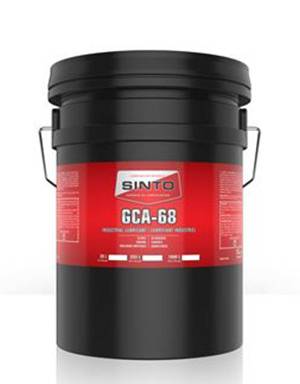Dec . 03, 2024 11:03 Back to list
industrial pipe fittings
Understanding Industrial Pipe Fittings An Essential Component in Piping Systems
Industrial pipe fittings are critical components in various piping systems that facilitate the flow of liquids and gases. These fittings are designed to connect, terminate, control the flow, and change the direction of piping installations in numerous applications, including oil and gas, water supply, chemical processing, and HVAC systems. Understanding the significance, types, and materials of pipe fittings is crucial for anyone involved in industrial piping solutions.
Importance of Pipe Fittings
Pipe fittings play a vital role in ensuring the efficiency and safety of piping installations. They help prevent leaks, manage pressure, and accommodate system changes, all of which are essential for reliable operation. In industrial settings, where harsh conditions and high demands are common, the quality of pipe fittings can significantly affect operational efficiency and safety. Therefore, selecting the right type of fitting for a specific application is crucial.
Types of Pipe Fittings
Pipe fittings come in various shapes and sizes, each designed for specific functions. The most common types include
1. Elbows These fittings are used to change the direction of the pipe. They come in various angles, with 90-degree and 45-degree elbows being the most prevalent.
2. Tees Tees are used to create a branch in the piping system. They have one inlet and two outlets, allowing fluid or gas to flow in multiple directions.
3. Reducers These fittings are used to connect pipes of different diameters, allowing the flow to transition from a larger diameter to a smaller one or vice versa.
4. Caps and Plugs These fittings are used to close off the ends of pipes. Caps cover the end of a pipe, while plugs are inserted into the pipe and are often used in testing scenarios.
5. Flanges Flanges connect pipes to each other or to other components (like pumps and valves) with the help of bolts. They provide a secure and reliable method for joining sections of pipe.
industrial pipe fittings

6. Union fittings These are used for easy disconnection and reconnection of pipe sections without having to cut the pipes. They are particularly useful for maintenance and repair.
Materials Used for Pipe Fittings
Industrial pipe fittings are manufactured from a variety of materials to suit different applications
. The most common materials include- Carbon Steel Known for its strength and durability, carbon steel is widely used in high-pressure and high-temperature applications. It can be welded or threaded, making it versatile for various installations.
- Stainless Steel Ideal for corrosive environments, stainless steel fittings offer excellent resistance to rust and chemical reactions. They are commonly used in food processing and pharmaceutical industries.
- Plastic PVC and CPVC are popular for non-pressurized systems, especially in water treatment and drainage systems. They are lightweight, resistant to corrosion, and easy to install.
- Copper Often used in plumbing applications, copper fittings are lightweight and resistant to corrosion. They also possess excellent thermal conductivity.
The Selection Process
Choosing the right pipe fittings depends on several factors, including the type of fluid being transported, temperature and pressure conditions, as well as compatibility with existing piping systems. Engineers and technicians must also consider the regulatory standards and certifications needed for specific industries.
Conclusion
Industrial pipe fittings are indispensable components of piping systems, influencing their performance, safety, and reliability. With various types and materials available, selecting the appropriate fittings for specific applications is essential. Whether for construction, maintenance, or repair, an understanding of pipe fittings ensures that piping systems operate efficiently and meet industry standards. As industries continue to evolve, innovations in pipe fitting design and materials will contribute to more robust and efficient piping solutions. Properly designed and selected fittings not only enhance the longevity of piping systems but also play a crucial role in promoting safe and sustainable industrial operations.
-
PVC Transparent Sheet Roll - Durable & Flexible PVC Plastic Sheet Roll for Industrial & Home Use
NewsJun.24,2025
-
High-Quality PVC PPR Pipes and Fittings Durable ERA PPR Solutions
NewsJun.10,2025
-
High-Quality Large HDPE Sheets & Large Diameter PVC Pipe Durable Large PVC Pipe Supplier
NewsJun.10,2025
-
High Density Polyethylene Cutting Board - Durable & Food Safe
NewsJun.09,2025
-
3 Inch PVC Pipe for Durable Irrigation Affordable & Reliable
NewsJun.09,2025
-
Premium PPR Plastic Water Pipe Fittings - Durable & Leak-Free
NewsJun.09,2025

